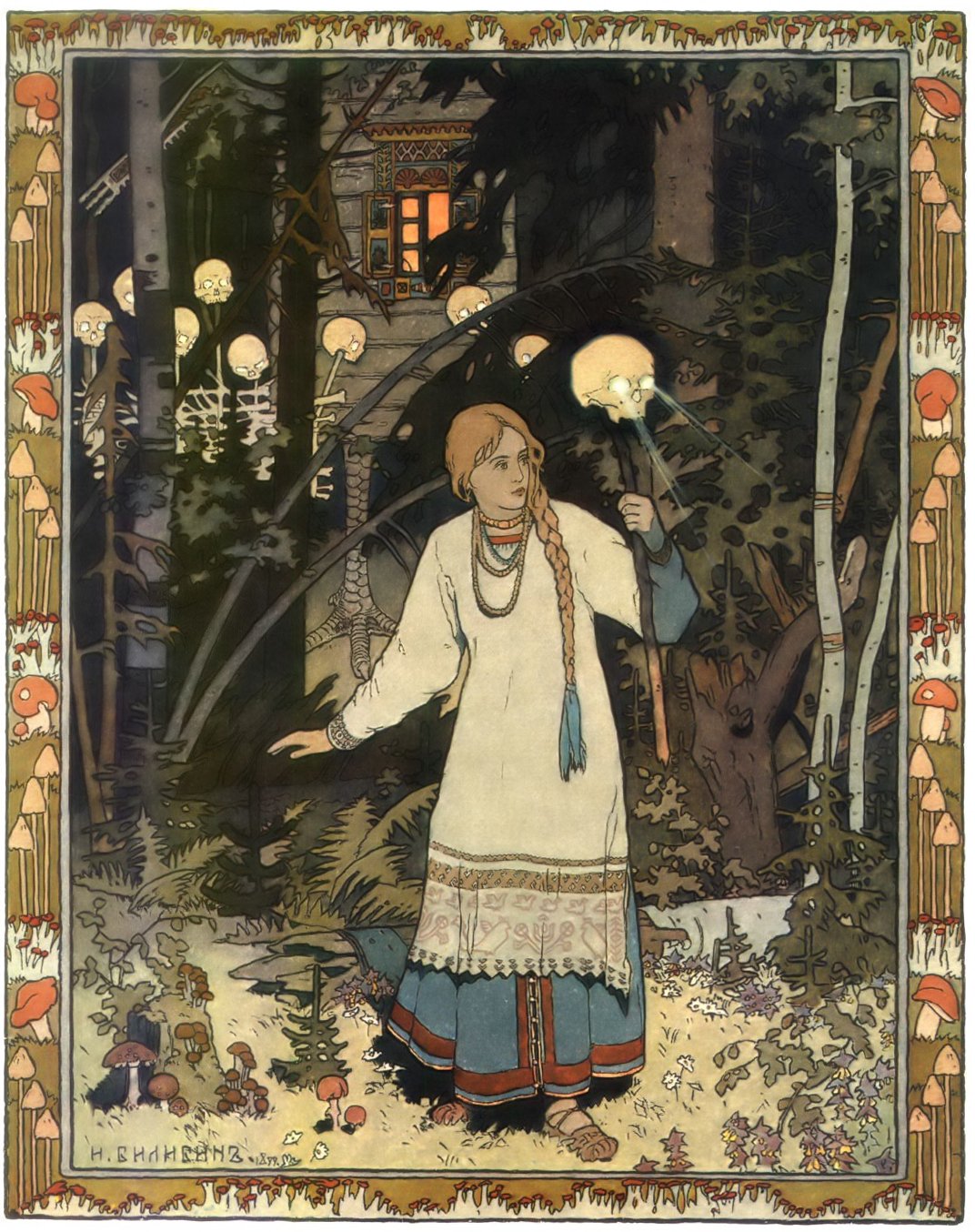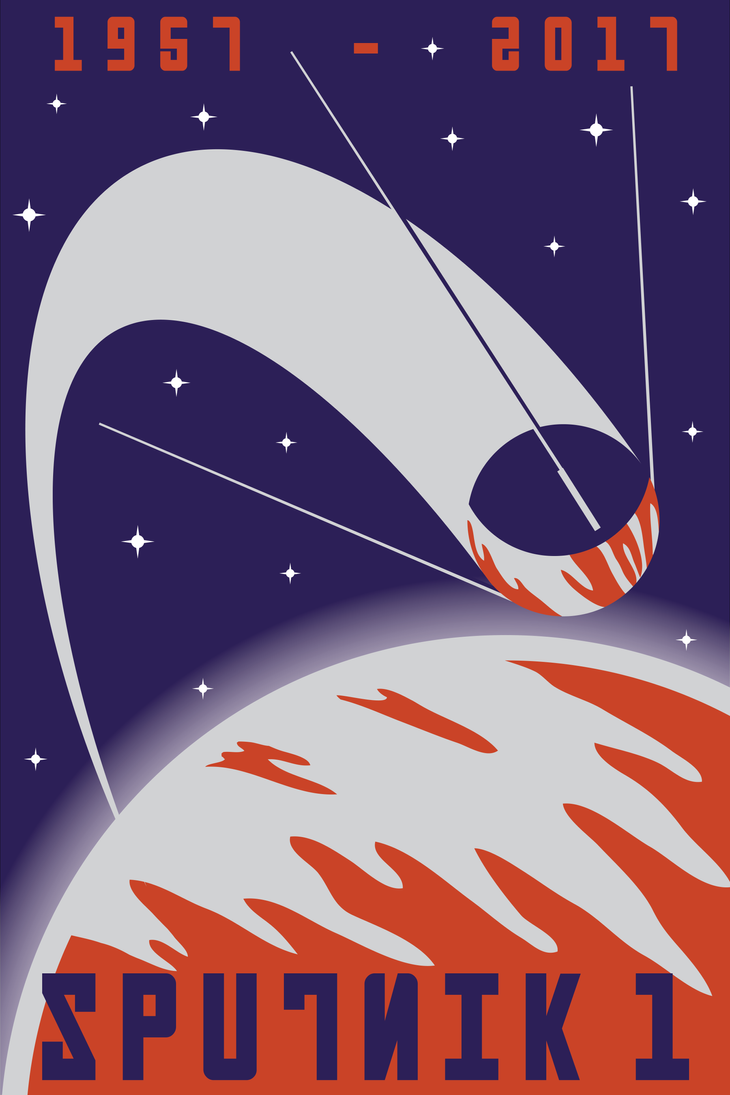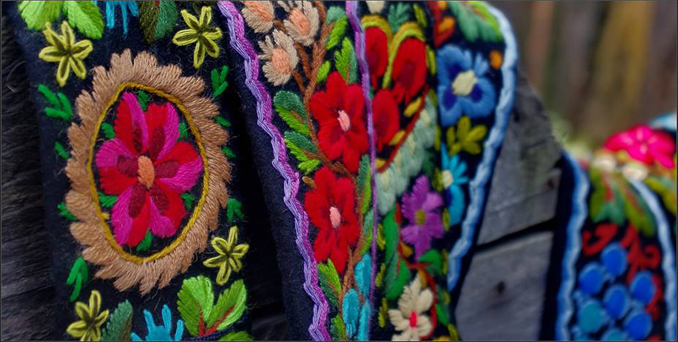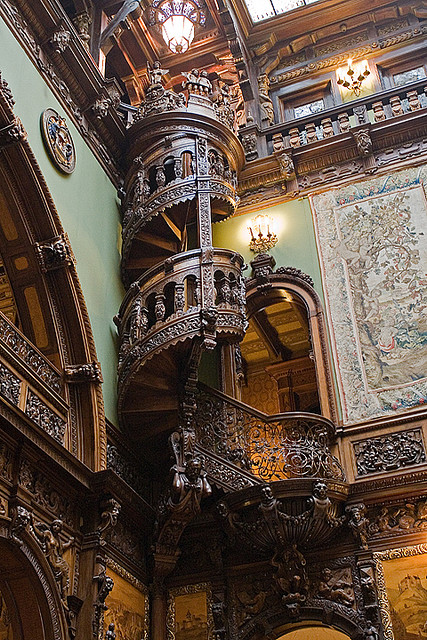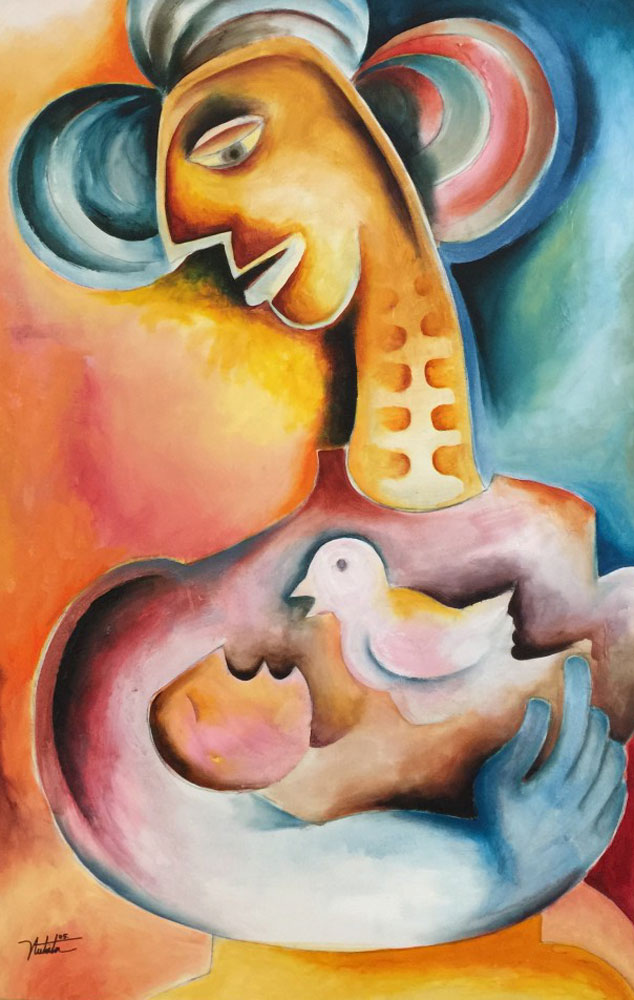Russia is known for
several types of its folk art. Probably one of the most widely known pieces are
Russian nesting dolls (my husband said he knew these as Russian cup dolls),
otherwise called Matryoshka dolls. Each doll fits into the next larger doll,
and there are typically six or more, although many sets I’ve seen only include
4-5 dolls. For the most part, the dolls are painted like peasant girls, but sometimes
it can be fairy tale characters or national/political leaders (what a way to
ruin a kid’s toy).
Other handicrafts
include Dymkovo toy (painted clay figurines of animals and people), gzhel
pottery (a type of pottery noted for its white or cream background and blue
glazed painting/decoration), Khokhloma (a type of painting using a black
background with floral decorations, typically in red and gold but sometimes
with added green), Zhostovo painting (painting floral or natural scenes on
metal serving trays), palekh (a type of lacquered papier-mâché), pysanka
(elaborately painted Easter eggs, of a Ukrainian origin), and Filimonovo toys
(small, brightly painted clay figures).
As far as painting
goes, early Russian artists were known for their icon paintings of religious
figures and Biblical characters. There were actually pretty strict guidelines
in how to paint this, and Andrei Rublev was one of the more well known painters
of this time. By the 17th century, there was a split in whether to
paint them more realistic or not, based on the growing trend of Western
European realism spreading throughout Europe.
In 1757, the
Russian Academy of the Arts opened its doors, and Russian artists were learning
many of the styles and techniques that were making waves in the rest of Europe.
Many artists made their living during the 18th and 19th
century by painting portraits. Realism rose to prominence during the 19th
century; artists painted landscapes and other scenes of daily life, although
many artists just started creating their own styles in the 20thcentury, including avant-garde.
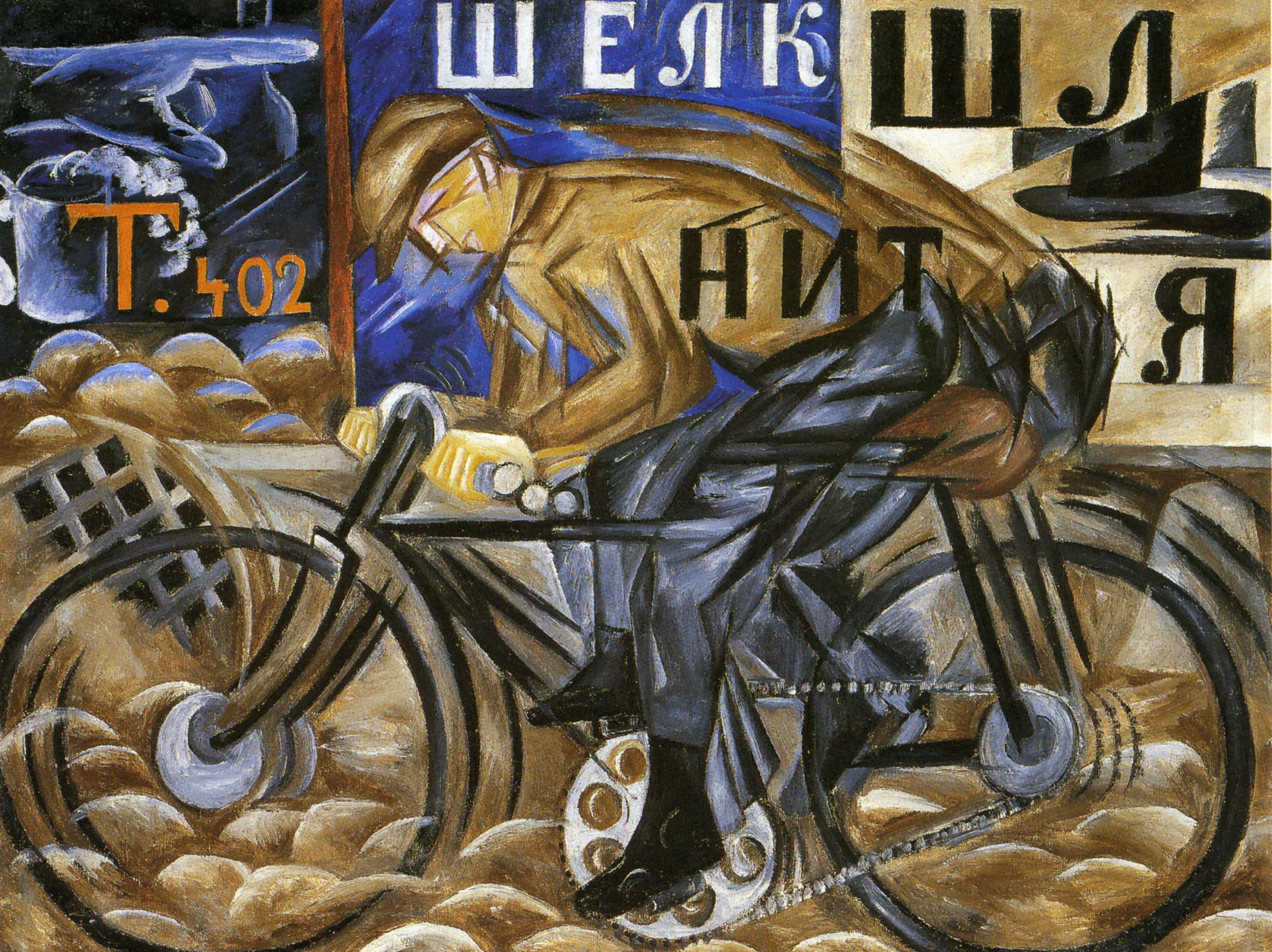 |
| by avant-garde painter Natalia Goncharova |
Most of the
literature produced by Russians is written in Russian, although there is a
significant number of works written in Tatar and Ukrainian as well. Russian is
one of the six official languages used by the UN, and about a quarter of
scientific literature is written in Russian. It’s also the second-most used
language on the web, next to English.
Folklore has long
been a staple source of stories in Russia. Throughout the centuries, there have
been many interpretations of Russian fairy tales. Initially, Stalin was going
to throw out fairy tales as being useless to his evil diabolical plans, but
Maxim Gorky convinced him they could use fairy tales to their advantage to push
their Communist agenda. So, many of these fairy tales that the people knew so
well were modified as Soviet fairy tales now. (Great, now fairy tales, too?)
Now, we come to my
favorite part: 19th- and 20th-century Russian literature.
I’ve been a fan of this period of Russian literature of many years. I
discovered it in college. Each author is different, many of it is philosophical
and centered around the complexity of human emotions. That’s why I like it, I
suppose. And this period not only included novels, but there were many short
stories, poems, and plays as well.
 |
| scene from the play Uncle Vanya (Chekhov) |
Here are a few of
my favorites, and I’d recommend any of these: Anton Chekhov (The Seagull;
Uncle Vanya; Three Sisters; The Cherry Orchard), Leo Tolstoy (War and Peace;
Anna Karenina; The Death of Ivan Ilyich), Fyodor Dostoyevsky (Crime and
Punishment; The Idiot; The Brothers Karamazov; Notes from Underground), Boris Pasternak (Doctor Zhivago), and Aleksandr
Solzhenitsyn (One Day in the Life of
Ivan Denisovich).
There were three
Russian authors (when it was the Soviet Union) who have won the Nobel Prize for
Literature: Boris Pasternak (1958 –
he was famous for his refusal of the prize under pressure from the Soviet
government), Mikhail Sholokhov
(1965), and Aleksandr Solzhenitsyn
(1970).
A few famous
authors who I haven’t read much yet include Ivan Turgenev (Fathers and
Sons), Vladimir Nabokov (Lolita), Alexander Pushkin (Boris
Godunov; Eugene Onegin), Mikhail
Sholokhov (And Quiet Flows the Don),
and Nikolai Gogol (Evenings on a Farm Near Dikanka; Taras
Bulba; Marriage, several short stories).
Up next: music and
dance



